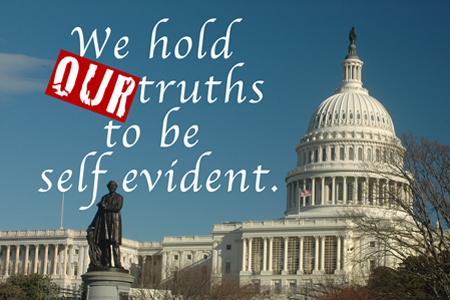Politics has become like tribal warfare. The opposite ends of the political spectrum no longer feel like start points for a dialogue, but armed camps defended by zealots. The spirit and process of compromise our founding fathers envisioned as a way to form a more perfect union has been suffused with an atmosphere of rancor.
As pointed out in a new book by Paul Taylor and the Pew Center for Research, “The Next America: Boomers, Millennials, and the Looming Generational Showdown,”, that updates the 2014 edition with fresh data, political polarization is at its highest point in decades.
In a recent article about the current trends, Mr Taylor wrote, “Many in each party now deny the other’s facts, disapprove of each other’s lifestyles, avoid each other’s neighborhoods, impugn each other’s motives, doubt each other’s patriotism, can’t stomach each other’s news sources, and bring different value systems to such core social institutions as religion, marriage and parenthood.”
Nowhere is the divide more evident than in the approval rating of our current President. The data set shows the gap between approval of President Obama by Democrats and disapproval by Republicans is almost 8:1 (or 1:8 depending on where you stand).
Yet there is also firmly held common ground. Across generations people are virtually adamant about preserving Social Security and Medicare. These programs are viewed as crucial to the security of ourselves and our loved ones as we age. When it comes to the most basic shared needs, we check our ideological discord at the door.
Is it possible that political polarization spilling out into attitudes about so many areas of daily life (and our consumption of products and services) may actually serve as a clarifying lens? Can direct marketers, with their natural affinity for time sensitive trends actually get a better picture of their target audiences?
By studying the ways we are so different, yet so similar, targeting data like political mailing lists overlaid on customer data might result in new segmentation strategies. Marketers can recognize that as intractable as differences may seem, deep seated common ground may persist. The art would be in framing an argument so it acknowledges the former while appealing to the latter.
Use the data about socio-political trends and divides to segment productively. Republicans age 45-64 in the Bible Belt may frown on fundraising for Planned Parenthood while Democrats age 30-44 on the coasts might be receptive, but both buy car insurance. By framing a message with awareness and sensitivity direct marketers can tap into universal needs without tripping over tribal differences.
Marketers are already opening up their portrayals of potential customers to the realities of an aging population, and social change. Elders, same sex couples and multi-cultural kids are depicted in harmonious settings by major national advertisers. The risks of turning some people off have been weighed against looking at ourselves in an accurate mirror.
We fundamentally agree that freedom is precious, yet we differ on the freedoms we cherish. As active participants in our free marketplace, the direct marketers share responsibility for defining and defending how life, liberty and the pursuit of happiness are to be fulfilled in the 21st Century.




